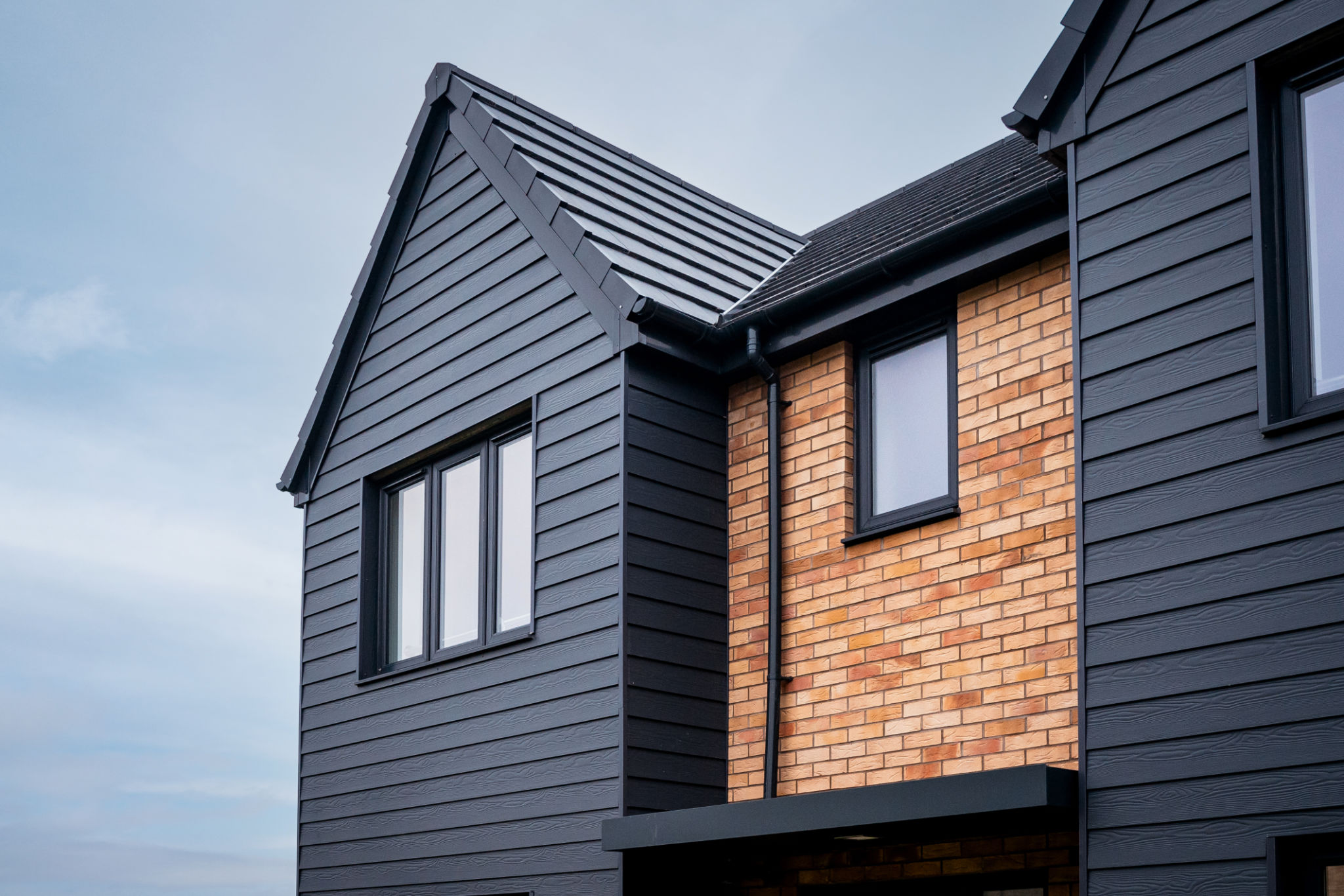Expert Insights on the Benefits of Cladding for Residential Homes
Understanding Cladding
Cladding is a popular architectural feature used in residential homes, offering both aesthetic appeal and functional benefits. Essentially, cladding refers to the application of one material over another to provide a skin or layer. This technique not only enhances the visual appeal of a home but also offers several protective advantages.
Many homeowners are opting for cladding due to its ability to protect against environmental elements, improve insulation, and increase property value. But what exactly makes cladding such a worthy investment?

Enhanced Weather Protection
One of the primary benefits of cladding is its ability to protect homes from adverse weather conditions. Whether it's rain, wind, or snow, cladding acts as a barrier that shields your home’s structure from potential damage. This protective layer helps in minimizing the wear and tear on the original structure, thus extending its lifespan.
Materials like vinyl, wood, and fiber cement are commonly used for cladding due to their durability and resistance to weather-related damage. These materials are designed to withstand extreme conditions and require minimal maintenance.
Improved Insulation and Energy Efficiency
Cladding provides an additional layer of insulation that helps maintain a comfortable indoor environment. This means that homes with cladding are often more energy-efficient, as they require less heating in the winter and less cooling in the summer. This improved insulation can lead to significant savings on energy bills.

Materials such as insulated metal panels and composite cladding systems are particularly effective in enhancing thermal performance. They not only reduce energy consumption but also contribute to a more sustainable living environment.
Boosting Curb Appeal
Cladding can dramatically enhance the appearance of a home. Available in a wide range of colors, textures, and finishes, cladding allows homeowners to customize their home's exterior to match their personal style and preferences. Whether you prefer a sleek modern look or a more traditional appearance, there’s a cladding option to suit your needs.
This aesthetic enhancement can significantly boost curb appeal, making your property more attractive to potential buyers should you decide to sell.

Low Maintenance Requirements
One of the standout features of cladding is its low maintenance requirement. Unlike traditional painted surfaces that may need frequent touch-ups, cladding materials are designed to last longer without requiring regular upkeep. This makes them an ideal choice for homeowners looking to reduce long-term maintenance costs.
Materials like vinyl and aluminum are particularly popular for their ease of care and longevity. A simple annual cleaning is often enough to keep them looking new.
Increased Property Value
Investing in cladding can lead to an increase in property value. By improving both the aesthetic appeal and energy efficiency of your home, cladding makes your property more attractive to prospective buyers. Many real estate experts agree that homes with quality cladding tend to sell faster and at higher prices compared to those without.

This investment not only pays off in terms of enhanced living conditions but also in potential financial returns when it comes time to sell.
Conclusion
In summary, cladding offers numerous benefits that make it a worthwhile investment for residential homes. From enhancing weather protection and improving energy efficiency to boosting curb appeal and increasing property value, the advantages are significant. For homeowners looking to protect their investment while enjoying a more comfortable living environment, cladding is an option worth considering.